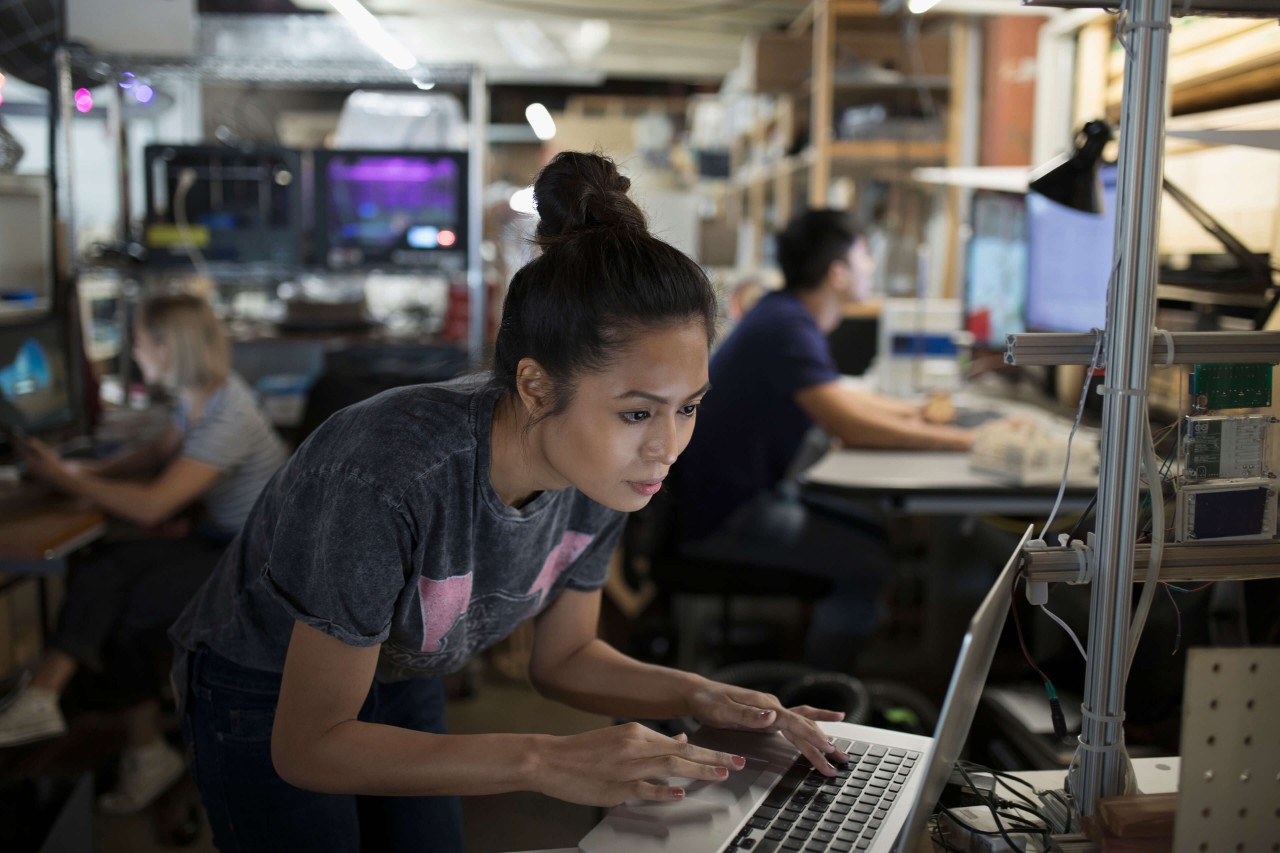EY se refiere a la organización global, y puede referirse a una o más, de las firmas miembro de Ernst & Young Global Limited, cada una de las cuales es una entidad legal independiente. Ernst & Young Global Limited, una compañía británica limitada por garantía, no brinda servicios a los clientes.

Update of the third edition of Peru’s Business and Investment Guide 2018-2019 in English
Peru is one of the most important countries in Latin America. Its diverse characteristics include a variety of climates, a vast territorial expanse, significant natural resources, people with great skills and high academic standards, and a solid economic and industrial background.
Today, Peru is considered one of the world’s leading emerging markets, with a solid recent history of economic stability based on an uninterrupted average annual growth over the past 17 years of 5.1% of its Gross Domestic Product (GDP). Likewise, it is notable for its people, who are characterized by their productivity and entrepreneurship. These factors make Peru an excellent destination for foreign investment.
From the beginning of the new millennium through 2018, Peru has achieved an impressive cumulative growth of 139% of its Gross Domestic Product (GDP) accompanied by a cumulative inflation during the same period of just 65%, the best rates of their kind in all of Latin America. In monetary terms, poverty has been reduced by half in recent years, with more Peruvians living in better conditions, with a brighter future.
Nowadays, Peru is a true economic miracle nearly 20 years after the end of its history of hyperinflation and terrorism, which have given way to the best possible conditions of stability, respect, and promotion of investment in the Region, becoming the fifth largest economy in South America – measured in purchasing power parity – after Brazil, Argentina, Colombia, and Chile. Together with this economic progress, national pride has experienced sustained growth, rooted in our knowledge that we will continue to conquer the world together as a result of our own effort. This pride also stems from the rich historical legacy that influences our flourishing awareness of Peruvian identity, manifested, for example, in our cuisine and tourist attractions. Effectively, our entrepreneurial nature, as well as the exploitation and processing of our resources are changing our cities markedly, along with our way of life, and articulating a new Peru.
This growth comes with the challenge of sustaining it, which in turn demands an increase in productivity based on improvements in educational quality, infrastructure, domestic security, productive efficiency and modernity, the reduction of bureaucracy, and the implementation of much needed reforms. Indeed, with a Gross Domestic Product (GDP) per capita measured in Purchasing Power Parity (PPP) estimated at approximately US$13,334 for 2017, Peru crosses a development threshold where it is forced to avoid falling into a group of nations inserted in the so-called “middle-income trap.” This trap occurs when the growth of GDP per capita slows considerably after a period of rapid growth (generally, when the PPP reaches between US$10,000 and US$15,000) and could be attributed to a phenomenon of complacency with the relative success achieved, causing the continuous reforms so necessary for progress to stagnate. With all of this, Peru is just beginning its “demographic bonus” period, where 65% of its population between the ages of 15 and 64 reach their highest records of production, consumption, savings, and investment. This is why it cannot fail to take advantage of this historic moment of definitive consolidation as a country making the jump from a developing economy to a developed nation. In effect, the “demographic bonus” is expected to last until 2048.
Some of the challenges and opportunities that our Peru has prioritized in order to maintain the economic stability it has achieved are as follows: the concrete challenges of eradicating poverty and extreme poverty; prioritizing investment in technological innovation; improving the quality of education; fostering private investment and infrastructure investment and positioning itself in the Region as a bustling hub of international trade, thanks to the implementation of treaties strategically signed with the world’s primary economies, which account for 89% of our exports; sustaining a powerful domestic demand; promoting productive diversification; consolidating itself as an international reference point in cuisine and tourism; improving the management of public health, domestic security, and the environment; redesigning decentralization and regionalization; implementing a revamped, efficient and committed public administration, which makes it possible to implement and execute projects and investments, and which, in turn, enables the timely development of said projects through appropriate, optimized and efficient proceedings; resolving social conflicts in a timely manner; fighting corruption; fostering social inclusion; fighting against drug trafficking and eliminating the remnants of terrorism.
The sustainable annual growth potential of Peru’s GDP is above 4.5% and if, for example, over a period of ten continuous years it maintained an annual average growth rate of 6%, counted as from 2018, it would reach a Gross Domestic Product (GDP) per capita, measured in Purchasing Power Parity (PPP) of approximately US$20,000 in 2027.
Peru is growing rapidly and, consequently, this creates new and better business opportunities.
Peru Business and Investment Guide 2018 - 2019
Resumen
Update of the third edition of Peru’s Business and Investment Guide 2018-2019 in English.



